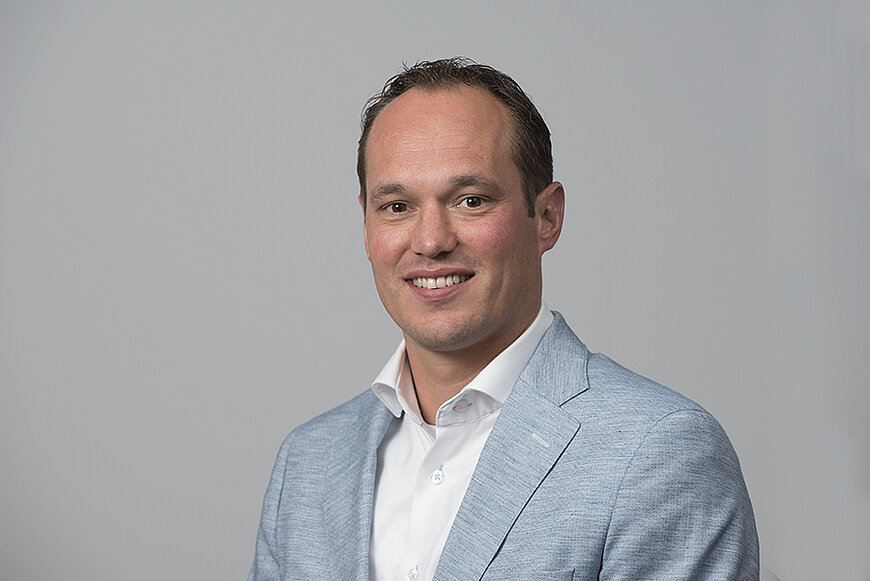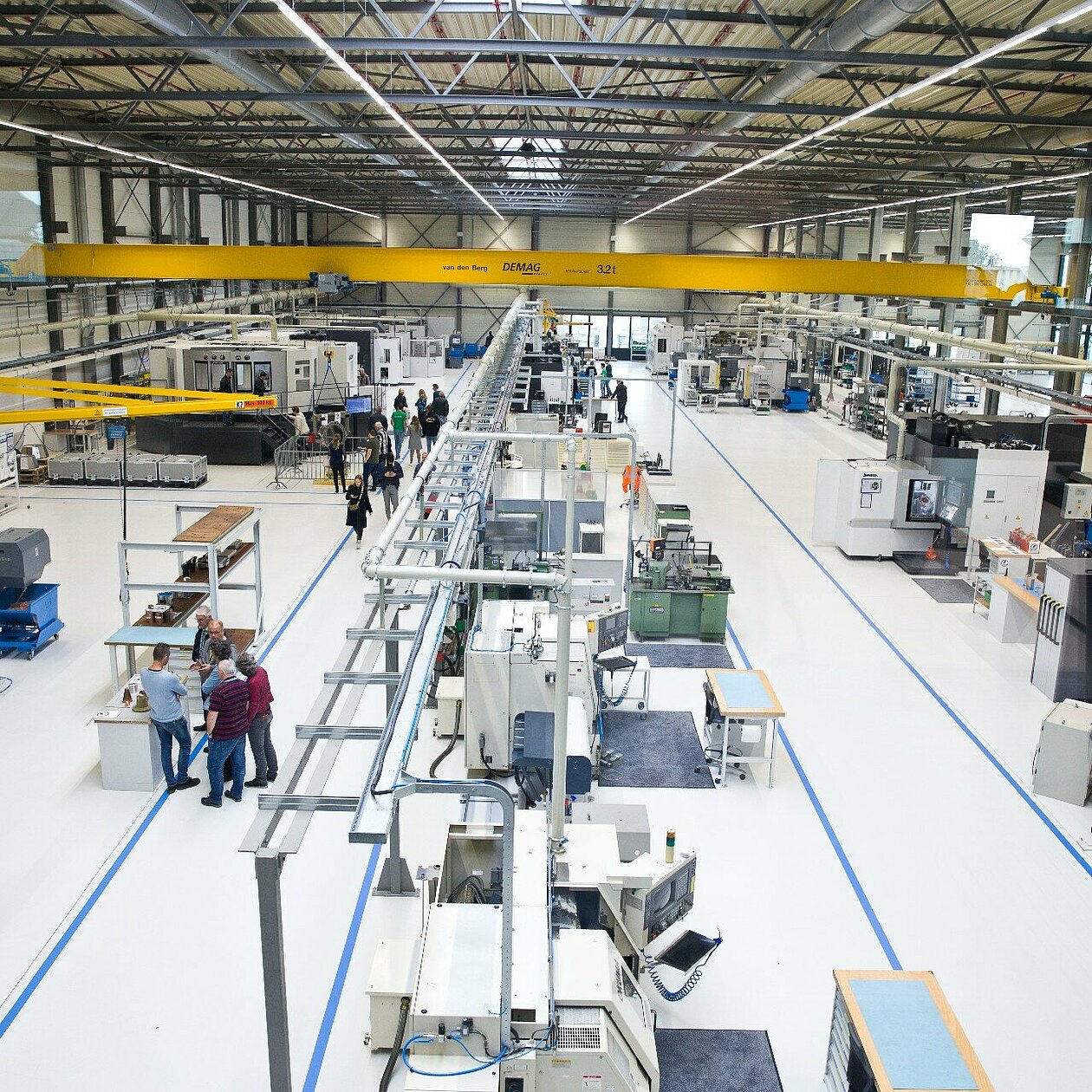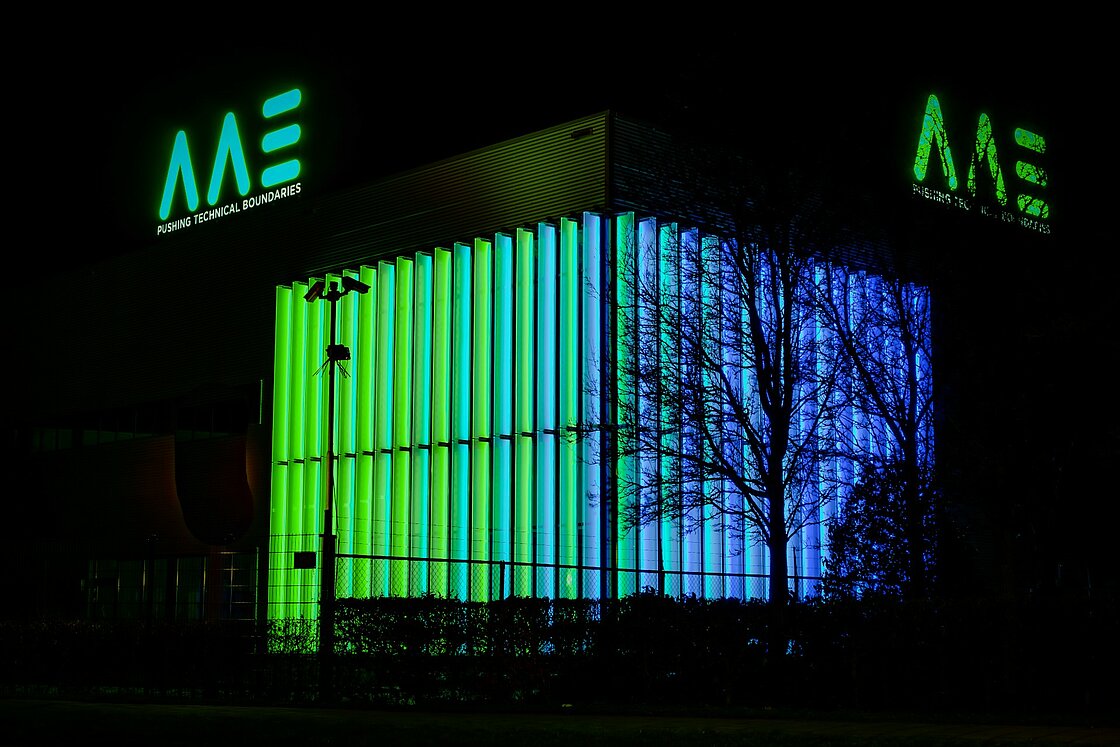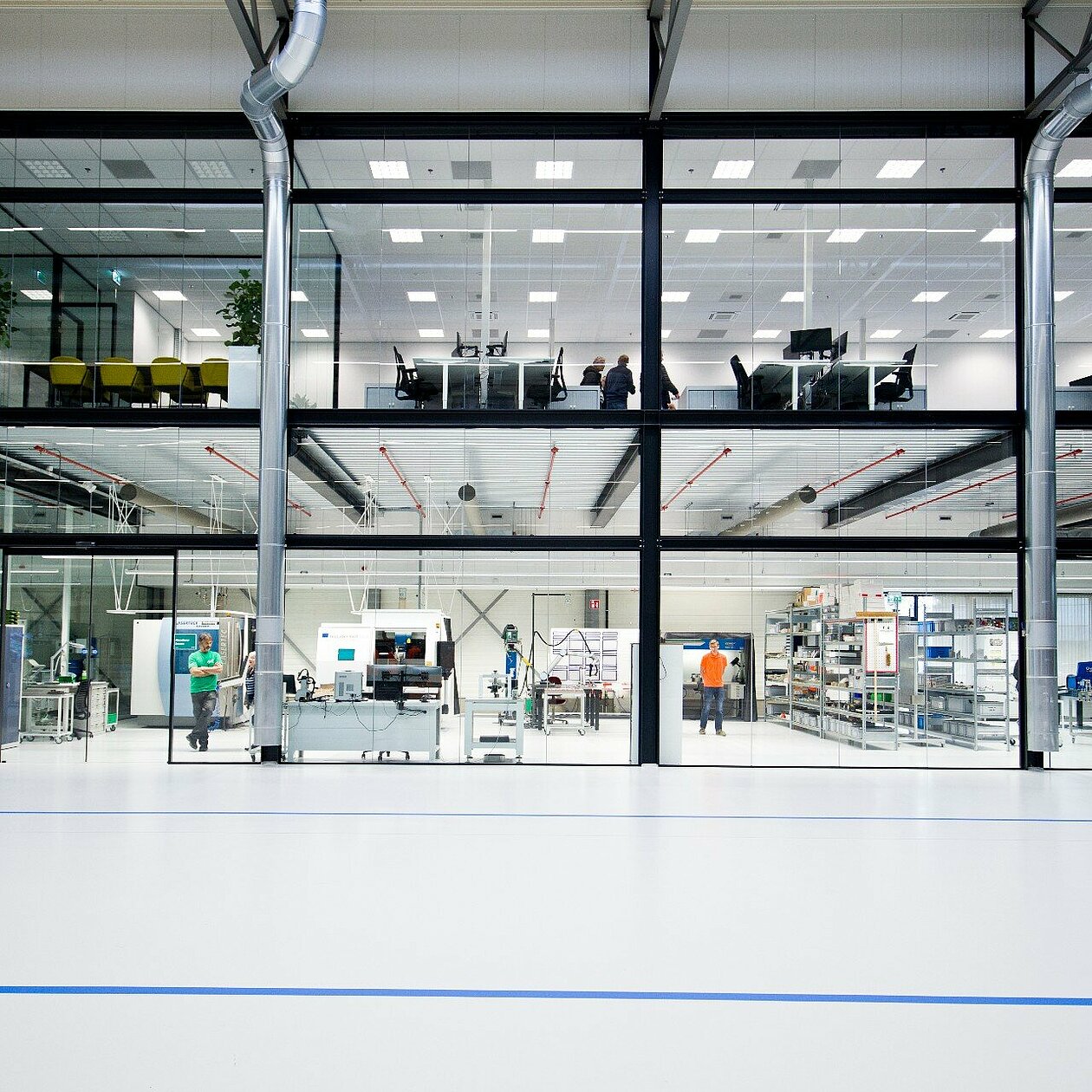Machinefabrikant AAE: ‘de toekomst ligt in data’

The future lies in data. That is what ICT Manager at high-tech machine manufacturer AAE, Rob Fleuren, truly believes in. AAE is committed to accomplish far-reaching digitization and computerization to ensure that the production process runs as efficiently as possible. The application of Artificial Intelligence (AI) is not a goal in itself. A thorough understanding of your own processes and conscious collection of useful data is just as important. This requires awareness, both among customers and employees. “It is essential that everyone considers data as a major asset. The future lies in data.”
“AAE is a high-tech machine manufacturer and we are active in two branches,” says Rob Fleuren. “On the one hand, you have our 'Advanced Systems' domain, which concerns the production of high-tech modules for large OEMs. On the other hand, we have our 'Production Automation' domain, which involves manufacturing complete machines for assembly or printing.
Far-reaching digitization and computerization
“We are working on far-reaching digitization and computerization to make our production processes as efficient as possible and to offer our customers interesting solutions based on data. By offering customers predictive maintenance, for example. In this case, we use data to predict when maintenance is required on machines, so that we can ensure that the machine runs smoothly. Or we provide the customer with insight into the added value that our machine has in the production process on the basis of data.”

Production and process optimization through historical and real-time data
“When it comes to our production processes, we want to make sure that they run as efficiently as possible. In practice you have a production order passing through your factory. This ultimately results in a final product. You want to guide this end product through your hall as efficiently as possible, but that does not always happen. We’ve connected the production order to a real-time location system to be able to demonstrate the actual path of the product. This means that we have attached a sensor to all production orders that pass through our factory. We collect that data and with the help of software we can visualize where each order is at any time of the day. We can then run reports on that and see where things go wrong. In addition, we can optimize the process based on historical data.”
Think of data as an asset
“At AAE, we believe that the future will be data-driven and we are committed to implement computerization and digitization. We use data to make processes more efficient and it is software that provides possibilities. You give your employees management information so that they immediately see what the order status is, where interruptions in the process are and what the status is. The goal is to see data as an asset.”
Different stages in analytics maturity
“You first have to thoroughly understand your processes and the data you generate before you can derive value from it and , for example,be able to apply AI. Very few companies actually do that. If you look at the analytics maturity of AAE, we are currently mainly working on collecting data and making our process more efficient based on data. The levels of maturity range from descriptive analytics, predictive analytics, presecriptive analytics and after that AI. Our projects are mainly in the descriptive and predictive phase. The topic on which we are moving towards AI concerns a piece of robotic process automation which is ultimately aimed at automating repetitive tasks.”
Applying artificial intelligence, not a goal in itself
“Application of AI to AAE is not a goal in itself. As AAE, we mainly look at how we can use data to make processes more efficient. The entire company is involved in this. Anyone who sees opportunities to optimize processes can indicate that and then we will start collecting data in a targeted manner. At AAE we mainly manufacture high mix, low volume, high complexity components and products. This means that data sets for specific components are limited and that we have to use that data in a smart way.”


Occasional application of Machine Learning
“When you talk about the concept of Artificial Intelligence, it implies a self-learning component, or technology that equals human action. We occasionally apply Machine Learning models, that comes very close to AI cases. We use existing models for this, there are many models available that you can apply.”

Thorough process and domain knowledge is an absolute must
“If you don't understand your process and don't understand your domain, then you can't do much with data analysis or AI. I think that's the biggest challenge companies face. The challenges AAE faces are that you need a lot of data and the time to collect that data. Moreover, a customer must also see the added value. We are currently working on creating awareness that data collection should be built into our process.”
Collaboration in Smart Industry Field Lab de Peel
“Collaboration with other companies and organizations helps with this. For example, AAE works together with ten other companies on data and connectivity issues in the Smart Industry Field Lab De Peel. Sharing very specific knowledge is also what benefits me the most. For example, about edge computing or about how you transfer the data from your machines to the cloud. That type of knowledge is so specific that we call on experts once we have reached that stage.”
The power of AI lies in collaboration with humans
“When it comes to the application of AI in the future, my expectation is that humans will never be completely replaced. There should be people who instruct machines. That is where the power of AI lies; in collaboration with humans. I strongly believe in a human-centric approach and automating repetitive tasks, leaving the creative work to people.”